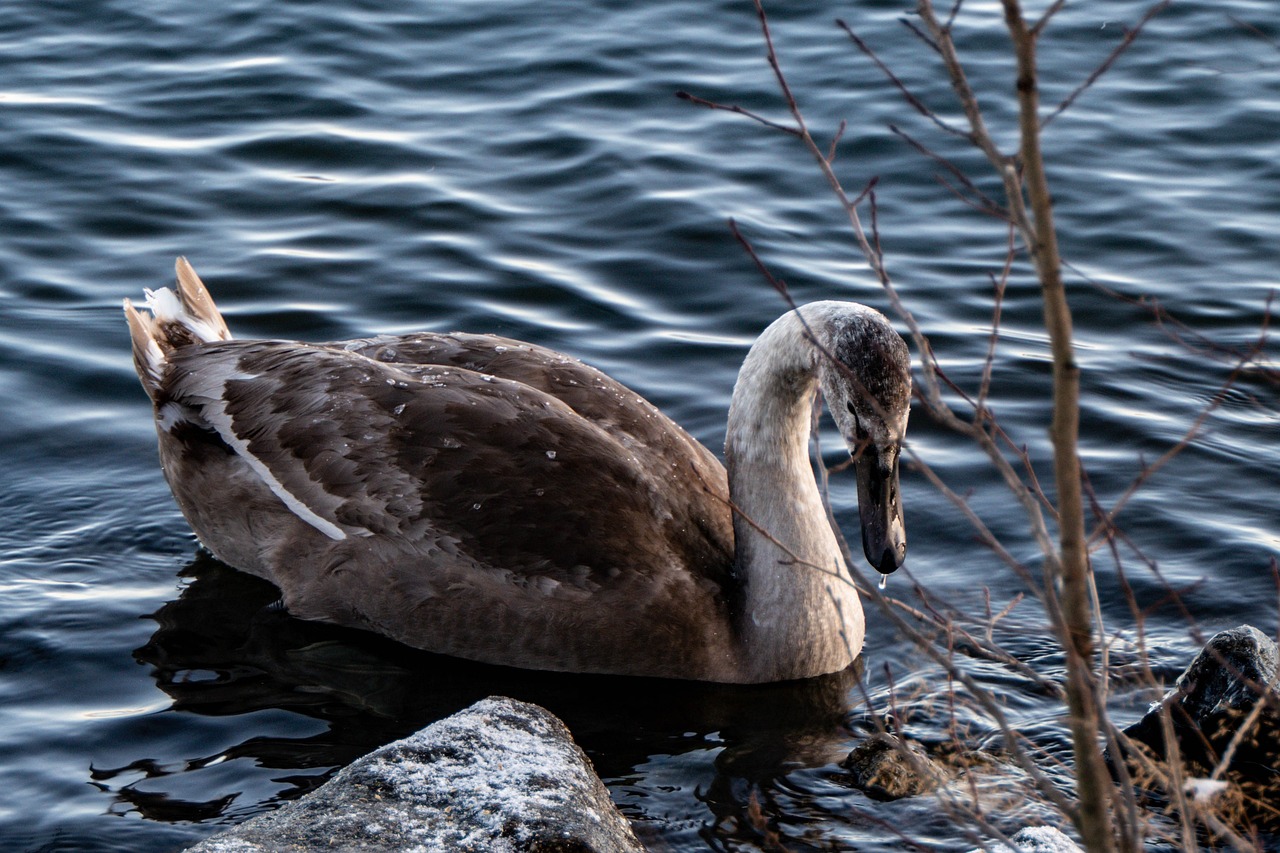In Norse mythology, Vili and Ve, together with their brother Odin, are recognized as some of the earliest gods belonging to the Aesir tribe. They played crucial roles in world creation, emerging from the remnants of the colossal giant Ymir, as well as gifting life to the inaugural humans.
Essential Details
- Tribe: Aesir
- Domains: Creation (Vili governs consciousness, intelligence, movement, reason, and understanding; Ve is linked to appearance, expression, complexity, and the senses).
- Parentage: Sons of Borr and Bestla
- Siblings: Odin
- Old Norse Designation: Vili and Ve
- Alternate Names: The Prose Edda credits Odin with world creation alongside Vili and Ve, while the Voluspa mentions Hoenir and Lothur in this myth. It’s plausible these names refer to the same entities since many gods are referred to by various names in different sagas.
Roles of Vili and Ve
Their contributions to the cosmos involved a decisive confrontation with Ymir, the creation of the earth, and bestowing life upon humanity. During Odin’s absence, Vili and Ve had a brief tenure as rulers of Asgard. Vili brought movement and logic to humans, while Ve granted them the capacity for expression and sensory perception.
Powers of Vili and Ve
- Vili: Responsible for divine consciousness, understanding, and the act of world-building.
- Ve: Focused on the creation of the world, outward appearance, and the enhancement of senses.
Origins of Vili and Ve
These entities are recognized as the siblings of Odin Allfather, originating from Borr, a primordial god, and Bestla, a jotunn. As the eldest, Odin stands above Vili, the middle brother, and Ve, the youngest. This trio constitutes the core of the Aesir pantheon and is revered as ancient deities. The names of Vili and Ve carry significant meanings in Old Norse, with Vili signifying ‘will’ and Ve translating to ‘temple.’
Despite their importance in creation lore, the specific attributes or domains of Vili and Ve remain somewhat obscure in Norse texts. Their significant involvement in crafting the world and humanity is emphasized, yet details are sparse.
The World’s Formation
In the beginning, all that existed was the Yawning Void known as Ginnungagap, bordered by Niflheim and Muspelheim. From this abyss emerged Ymir, accompanied by a primordial cow named Audhumbla. Ymir’s sweat generated the first Jotnar, and soon Audhumbla gave rise to Buri, the progenitor of Borr, who eventually fathered Odin, Vili, and Ve.
Concerned by the growing population of Jotnar, the three gods took decisive action. They attacked Ymir while he slept, leading to a fierce battle that culminated in Ymir’s death. As Ymir’s blood poured from his body, it swept away much of the Jotnar threat.
With the giant’s demise, Odin, Vili, and Ve utilized his massive carcass to shape the world within Ginnungagap. Ymir’s blood formed the oceans, his flesh the land, his bones the mountains, and his hair the trees. Without delay, the gods created the realms of Alfheim, Asgard, Helheim, Jotunheim, Midgard, Svartalfheim, and Vanaheim, thus establishing the Nine Realms and the earth.
The Creation of Humanity
Sufficiently satisfied with their work, Odin, Vili, and Ve journeyed through the Nine Realms. One day, they stumbled upon two tree trunks washed ashore. Intrigued, the gods breathed life into the wood, resulting in the birth of Ask and Embla, the inaugural humans. The divine gifts they received from the gods were manifold: Odin imparted spirit, Vili endowed them with intelligence and movement, and Ve gave them features and senses. The gods designated Ask and Embla to inhabit Midgard.
Despite their critical role, little else is documented about Vili and Ve, aside from a brief mention by Loki in the context of a feast at Aegir’s hall, where it’s suggested Vili and Ve assumed rule over Asgard during Odin’s temporary absence. Notably, Loki hints at an affair between Frigga and Odin’s brothers, which adds further intrigue.
Mentions in Ancient Texts
The myths concerning Vili and Ve can be traced back to ancient texts. They are referenced in the Poetic Edda, particularly in the poem Lokasenna. Furthermore, they are detailed in the Prose Edda during the segment known as Gylfaginning and also in the Ynglinga saga.
Frequently Asked Questions
- Are Vili and Ve the same as Hoenir and Lothur?
The texts provide no direct comparison, yet Odin, Vili, and Ve are credited with creating the first humans according to the Prose Edda. Conversely, Lothur and Hoenir are noted in the Voluspa as co-creators of Ask and Embla. This ambiguity leaves room for speculation that Hoenir and Lothur may be alternate names for Vili and Ve, a claim consistent with the varied nomenclature of Norse deities. - What became of Vili and Ve?
Following Odin’s exile, Vili and Ve were summoned by the Aesir to govern in his absence. Initially effective rulers, they were eventually replaced by Ullr, raising questions about their downfall, whether it included improprieties involving Frigga or actions that led to their expulsion from Asgard.
The legacy of Vili and Ve as key deities in creation remains a captivating aspect of Norse mythology, though much about them remains veil-shrouded and enigmatic.



